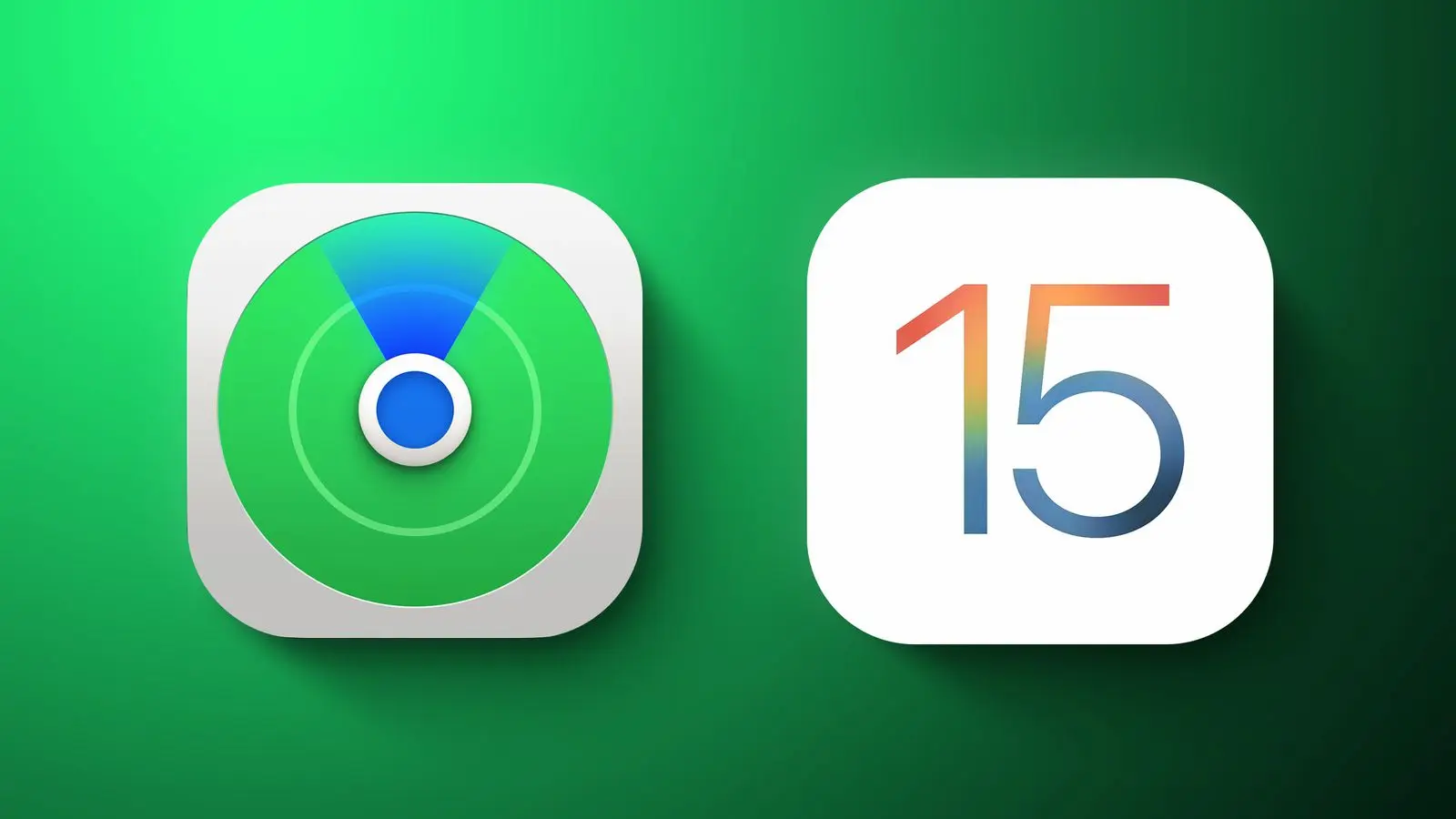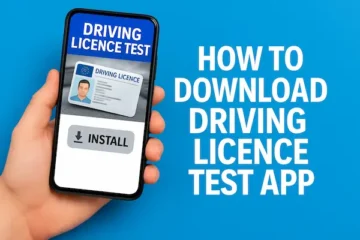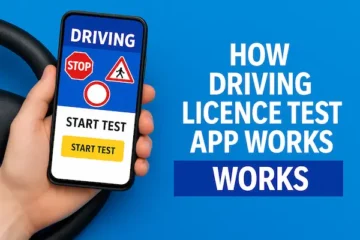Find My: Learn Everything About the App’s Features and Benefits
The “Find My” app is an essential tool for anyone seeking to keep track of their Apple devices and important people in their life. It combines location tracking features that help users locate lost devices and connect with friends and family. With its seamless integration across Apple’s ecosystem, the app offers straightforward solutions to common issues related to lost items and shared locations.
Exploring the various features of “Find My” reveals its capability to not only find devices but also to enhance personal safety. Users can enable notifications for when loved ones arrive at or leave specific locations, fostering peace of mind in daily interactions. The app’s simplicity allows anyone, regardless of tech-savvy, to effectively utilize its functionalities.
Understanding how “Find My” works unlocks new possibilities for managing devices and ensuring safety. This guide delves into every aspect of the app, from setup to advanced features, giving readers the knowledge they need to make the most of this powerful tool.
Getting Started with Find My
Find My is a powerful tool for locating devices and keeping track of friends and family. Getting started involves downloading the app and completing the signup process to access its features.
Download and Installation
To begin using Find My, users must first download the app. This can be done through the App Store for iOS devices or the Mac App Store for Mac computers.
- Open the App Store on your device.
- Enter “Find My” in the search bar.
- Tap the Get button to install the app.
For devices running iOS 13 or later, Find My is integrated into the existing Find My iPhone and Find My Friends apps, requiring no additional download. Ensure the device runs the necessary operating system version to access all functionalities.
Signup and Login
Upon installation, the user needs to sign up or log in to use Find My. For new users, tapping the app prompts them to sign in with an Apple ID.
- If they lack an Apple ID, they can create one directly within the app by following these steps:
- Select Create New Apple ID.
- Fill in the required information, including email and password.
- Follow prompts to verify the account.
Once logged in, users can grant location access to the app, enabling tracking features. They should also ensure their privacy settings allow Find My to function effectively, allowing for easy location sharing with friends and family.
Features of Find My
Find My offers several practical features designed to help users locate and manage their devices efficiently.

The app provides tools for locating devices, playing sounds, navigation to lost items, and implementing security measures through Lost Mode.
Locating Devices
The core function of Find My is its ability to locate Apple devices. Users can find their iPhone, iPad, Mac, Apple Watch, or AirPods on a map.
- The “Find My iPhone” feature displays the device’s last known location, making it easier to track it down.
- If the device is nearby, users can see it on a map in real time.
- Devices that are offline can still show the last known location for a limited time, assisting in retrieval.
This capability extends to family devices as well, allowing family members to share their location with each other.
Playing Sounds on Devices
Find My can emit a sound on the device being tracked. This function is particularly useful for misplaced devices that are nearby but out of sight.
- Users can select their device from the Find My app and tap “Play Sound”.
- The device will play a loud tone, even if it is set to silent mode, helping locate it quickly.
This feature is effective in identifying devices buried under cushions or in between furniture.
Navigation to Lost Devices
If the device is out of sight, the app provides a guiding feature to navigate users to its location.
- Find My utilizes GPS technology to provide directions to the exact spot of the device.
- This capability is especially helpful for locating devices in public places or larger areas.
Users can follow the on-screen directions to confidently reach their lost device.
Lost Mode and Locking
Lost Mode enables users to secure their devices remotely. When activated, it locks the device, preventing unauthorized access.
- Users can display a custom message on the screen, including contact information for the finder.
- Lost Mode also tracks the device’s location and updates users if it comes online.
This feature ensures that personal information remains secure while increasing the chances of recovery.
Using Find My with Friends and Family
The Find My app enables users to share their locations with friends and family easily. This functionality enhances safety and convenience, allowing individuals to keep track of their loved ones and coordinate plans seamlessly.
Sharing Locations
To share locations, users must open the Find My app and navigate to the “People” tab. Here, they can invite friends or family members to share their location. Users can choose to share their location for a specific duration, such as one hour or indefinitely.
Once the invitation is accepted, the shared location appears on the map. Users can view each other’s locations in real-time, making it easier to coordinate meet-ups. Privacy settings allow individuals to stop sharing their location at any time, ensuring control over who can see their whereabouts.
Setting Up Notifications
Find My also offers notifications when friends or family arrive or leave designated locations. Users can set up these notifications by selecting a person in the “People” tab and tapping on “Add” under Notifications.
Users then define specific locations, such as home or work, to receive alerts. Notifications can be customized to activate either when arriving at or departing from these locations. This feature contributes to enhanced communication, allowing individuals to stay informed about their loved ones’ movements.
Privacy and Security
Privacy and security are critical aspects of the Find My app. Users should understand how their data is protected and manage their location-sharing settings effectively.
Data Encryption
Find My utilizes end-to-end encryption to safeguard user information. This means that only the devices involved in the location sharing can access the data, ensuring that no unauthorized parties can intercept it.
Apple encrypts the data both in transit and at rest. This provides an additional layer of security for users. Key features include anonymous location sharing and secure access to devices.
Users can also opt to enable two-factor authentication for their Apple ID, adding another security measure. This requires a verification code in addition to the password whenever they sign in from a new device.
Location Sharing Settings
The Find My app allows users to customize location-sharing settings according to their preferences. Users can choose to share their location with specific friends or family members.
There are options to share location temporarily or indefinitely. This flexibility lets users control who can see their whereabouts, enhancing privacy.
Users can also disable location sharing at any time. The app includes notifications for users when someone requests their location, ensuring transparency.
By managing these settings, users can maintain their privacy while benefiting from the app’s functionalities.
Troubleshooting and Support
Users may encounter various issues when using the Find My app. Understanding common problems and knowing how to obtain support can enhance the overall experience.
Common Issues
Some frequent issues include:
- Location Sharing Problems: Users may find that their devices aren’t sharing locations. This can stem from poor internet connectivity or disabled Location Services. Ensure that the settings are correctly configured.
- Device Offline: If a device shows as offline, it may be turned off or out of battery. Users should check the device’s status and restart it if necessary.
- iCloud Account Issues: Users must verify that they are signed into iCloud with the correct Apple ID. Logout and log back in if problems persist.
- Notifications Not Received: Ensure that the notification settings are enabled both on the device and within the app. Sometimes, app permissions need to be adjusted in the device settings.
Contacting Support
If issues continue, contacting Apple Support can provide further assistance. Users can reach out through various channels:
- Apple Support Website: The website offers articles and troubleshooting guides tailored to specific problems.
- Apple Support App: This app allows users to schedule calls or chats with support representatives.
- Phone Support: Users can call Apple Support directly. It may be helpful to have the device’s serial number and details about the issue ready for a smoother experience.
Apple also provides support through social media channels, making it easier for users to seek help.






